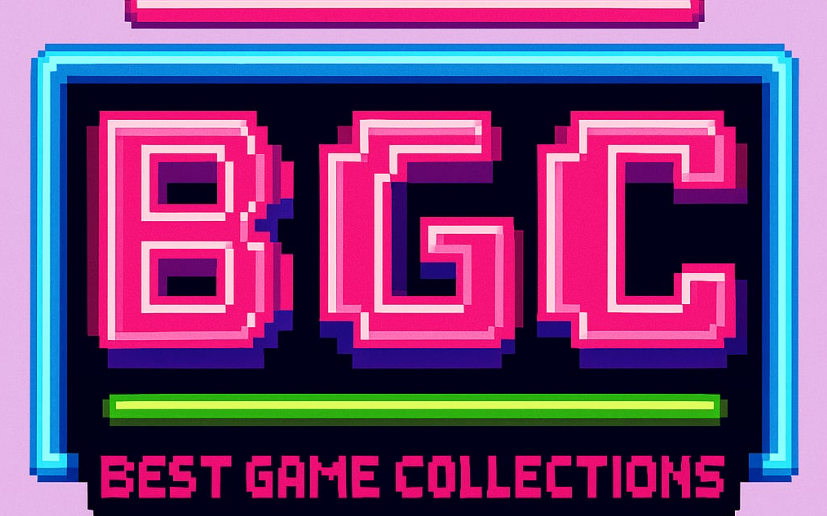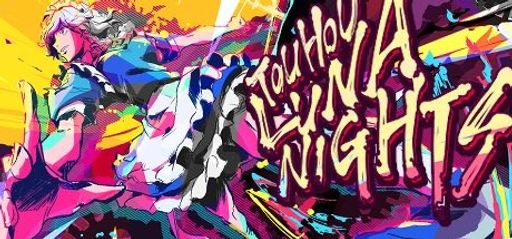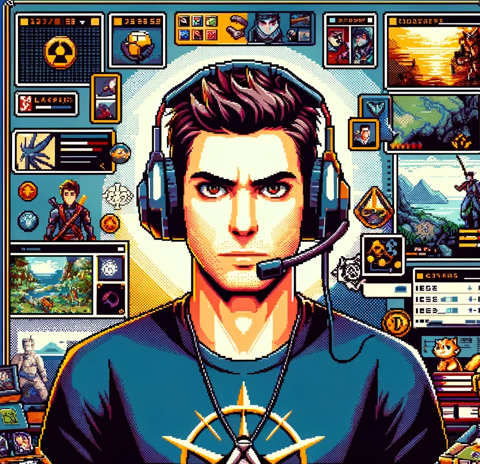 Welcome, everyone. Today, we’re diving into Touhou Luna Nights by Team Ladybug and published by WSS Playground. I really appreciate how the game blends detailed collectible design with inventive combat and exploration. Players often highlight its standout time-stop ability and charming pixel art, though some feel the Metroidvania elements are lighter than in other titles. Since I love extra side quests and hidden items, those lighter aspects stand out to me. Reviews also shine a light on its memorable boss fights and the wealth of in-game details.
Welcome, everyone. Today, we’re diving into Touhou Luna Nights by Team Ladybug and published by WSS Playground. I really appreciate how the game blends detailed collectible design with inventive combat and exploration. Players often highlight its standout time-stop ability and charming pixel art, though some feel the Metroidvania elements are lighter than in other titles. Since I love extra side quests and hidden items, those lighter aspects stand out to me. Reviews also shine a light on its memorable boss fights and the wealth of in-game details.
 I couldn’t agree more. Exploring new worlds is always a thrill, and Touhou Luna Nights delivers a richly detailed universe. By playing with time-stop mechanics, the developers create an engaging challenge that keeps me hooked. When I uncover secrets in each area, it’s like rediscovering classic Metroidvanias but with a modern twist. Given Team Ladybug’s roots in games like Pharaoh Rebirth, their passion really shines through every level and motivates me to search every nook.
I couldn’t agree more. Exploring new worlds is always a thrill, and Touhou Luna Nights delivers a richly detailed universe. By playing with time-stop mechanics, the developers create an engaging challenge that keeps me hooked. When I uncover secrets in each area, it’s like rediscovering classic Metroidvanias but with a modern twist. Given Team Ladybug’s roots in games like Pharaoh Rebirth, their passion really shines through every level and motivates me to search every nook.
 Turning to combat, I’m impressed by its depth. Touhou Luna Nights offers intricate controls and movement abilities—dashing and sliding feel smooth, and the time-freezing mechanic rewards careful timing and strategy. Competitive players will love mastering its nuances. That said, I see room for improvement in item usage: streamlining power-ups and weapon swaps could boost competitiveness without sacrificing depth.
Turning to combat, I’m impressed by its depth. Touhou Luna Nights offers intricate controls and movement abilities—dashing and sliding feel smooth, and the time-freezing mechanic rewards careful timing and strategy. Competitive players will love mastering its nuances. That said, I see room for improvement in item usage: streamlining power-ups and weapon swaps could boost competitiveness without sacrificing depth.
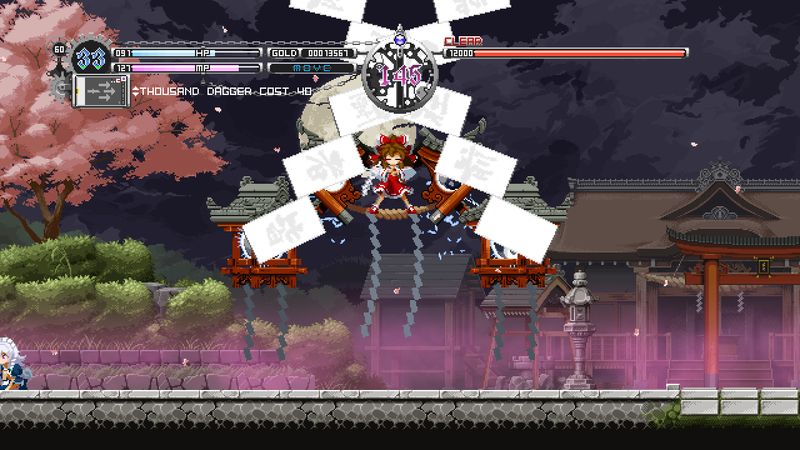
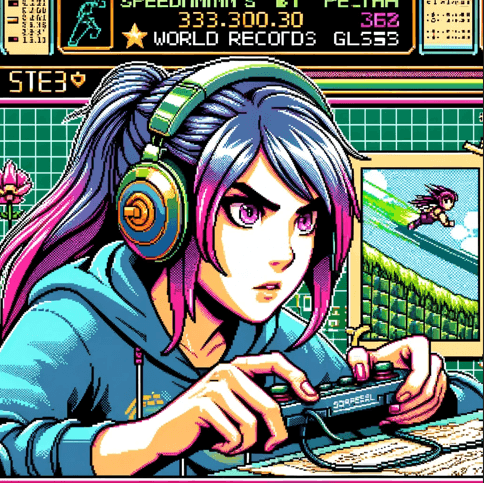 Speaking of competition, the game’s speedrunning potential stands out. With crisp controls and smooth animations, I can optimize my run times. The time-stop system opens up fresh tactics, and clear-cut enemy patterns allow for efficient strategies. Although some reviewers mention that dash toggling could be smoother, it still leaves plenty of room to hone skills. I’m constantly chasing every decimal of gameplay to make each run unique.
Speaking of competition, the game’s speedrunning potential stands out. With crisp controls and smooth animations, I can optimize my run times. The time-stop system opens up fresh tactics, and clear-cut enemy patterns allow for efficient strategies. Although some reviewers mention that dash toggling could be smoother, it still leaves plenty of room to hone skills. I’m constantly chasing every decimal of gameplay to make each run unique.
 Let’s dive into the core mechanics. Creative movement abilities like dashing and sliding let players explore hidden areas and unlock extra challenges. Plus, the graze mechanic—borrowed from Touhou Project—adds tension and detail to enemy encounters, much like how old-school arcade shooters balanced risk and reward. While power-ups sometimes feel underused, they strike me as hidden treasures for thorough explorers.
Let’s dive into the core mechanics. Creative movement abilities like dashing and sliding let players explore hidden areas and unlock extra challenges. Plus, the graze mechanic—borrowed from Touhou Project—adds tension and detail to enemy encounters, much like how old-school arcade shooters balanced risk and reward. While power-ups sometimes feel underused, they strike me as hidden treasures for thorough explorers.
 The interactive environment also impresses me. Each area tells part of the story through its careful design. Although reminiscent of Gensokyo, the world feels entirely its own. Secret paths and collectible lore items keep me engaged, and this style of exploration aligns well with other open-world games I enjoy. It also encourages curious players to pay attention to every environmental cue.
The interactive environment also impresses me. Each area tells part of the story through its careful design. Although reminiscent of Gensokyo, the world feels entirely its own. Secret paths and collectible lore items keep me engaged, and this style of exploration aligns well with other open-world games I enjoy. It also encourages curious players to pay attention to every environmental cue.
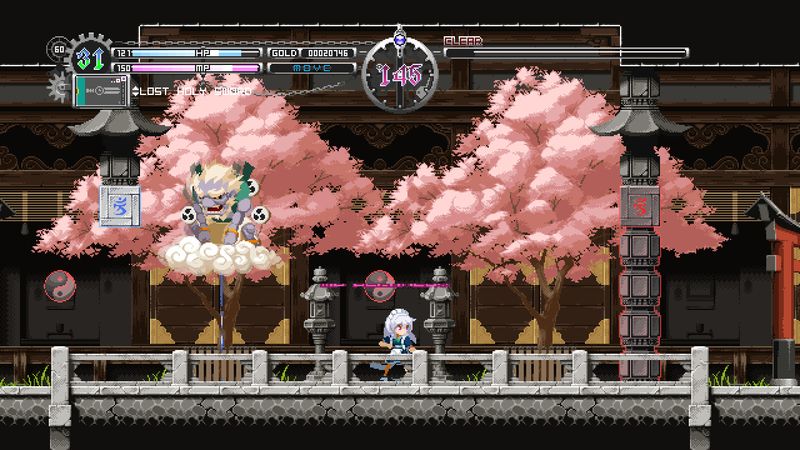
 Moving on to narrative, the story quickly hooks you with its twist on Touhou lore. Remilia Scarlet’s mysterious plan and Sakuya Izayoi’s journey create engaging character dynamics. Secrets embedded in dialogue and cutscenes complement the fast-paced action. That said, cutscenes sometimes trigger abruptly—adding more player-guided initiation could smooth the flow. Nonetheless, the lore remains captivating for dedicated fans.
Moving on to narrative, the story quickly hooks you with its twist on Touhou lore. Remilia Scarlet’s mysterious plan and Sakuya Izayoi’s journey create engaging character dynamics. Secrets embedded in dialogue and cutscenes complement the fast-paced action. That said, cutscenes sometimes trigger abruptly—adding more player-guided initiation could smooth the flow. Nonetheless, the lore remains captivating for dedicated fans.
 I appreciate the concise narrative pacing. By avoiding lore overload, the game lets speedrunners maintain momentum. In fact, the story’s quick flow inspires me to set faster completion goals, matching the energy of each run perfectly.
I appreciate the concise narrative pacing. By avoiding lore overload, the game lets speedrunners maintain momentum. In fact, the story’s quick flow inspires me to set faster completion goals, matching the energy of each run perfectly.
 Visually, the game excels with eye-catching dot graphics. Team Ladybug’s intricate pixel art honors the Touhou universe, and fluid anime sprite animations make characters and enemies expressive. Color choices amplify mood during combat or exploration, catering to collectors like me. Despite minor concerns about refresh rates in hectic moments, the visuals overall elevate the experience.
Visually, the game excels with eye-catching dot graphics. Team Ladybug’s intricate pixel art honors the Touhou universe, and fluid anime sprite animations make characters and enemies expressive. Color choices amplify mood during combat or exploration, catering to collectors like me. Despite minor concerns about refresh rates in hectic moments, the visuals overall elevate the experience.
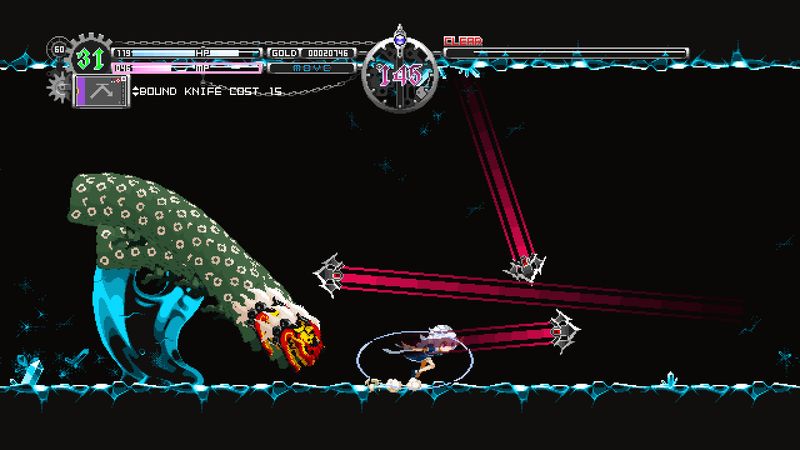
 The art direction feels vibrant and inviting. Developers clearly designed each area with unique themes and atmospheric lighting. It reminds me of other indie gems that fuse retro aesthetics with modern performance. Since the game runs smoothly on most platforms, that reliability enhances the adventure.
The art direction feels vibrant and inviting. Developers clearly designed each area with unique themes and atmospheric lighting. It reminds me of other indie gems that fuse retro aesthetics with modern performance. Since the game runs smoothly on most platforms, that reliability enhances the adventure.
 Audio and sound design also deserve praise. The soundtrack features catchy tunes that heighten exploration and boss battles alike. Tracks build tension during time-freeze sequences, and sound effects align perfectly with every dodge and attack. Minimal voice acting doesn’t detract; the overall design reinforces character and mood. For competitive players who rely on audio cues, the sound design is a real asset.
Audio and sound design also deserve praise. The soundtrack features catchy tunes that heighten exploration and boss battles alike. Tracks build tension during time-freeze sequences, and sound effects align perfectly with every dodge and attack. Minimal voice acting doesn’t detract; the overall design reinforces character and mood. For competitive players who rely on audio cues, the sound design is a real asset.
 I love the energetic beats during speedruns. They drive my momentum as I dash between challenges. Each audio cue during the time-stop mechanic feels precise and rhythmic, so I always recommend cranking up the volume to catch every detail.
I love the energetic beats during speedruns. They drive my momentum as I dash between challenges. Each audio cue during the time-stop mechanic feels precise and rhythmic, so I always recommend cranking up the volume to catch every detail.
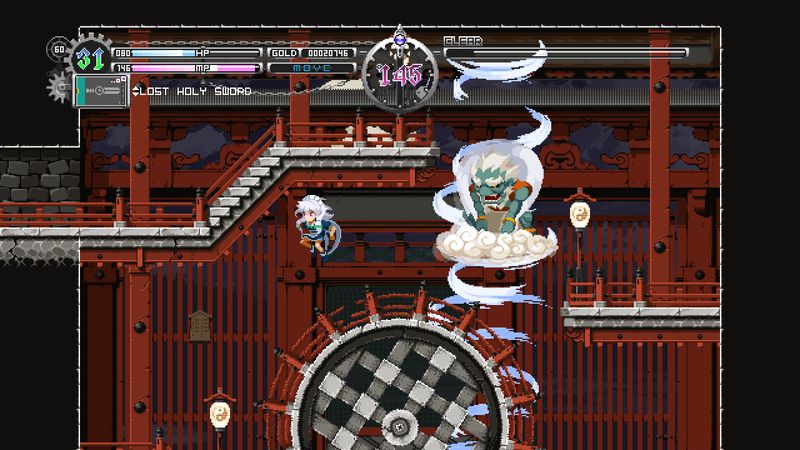
 Character development brings its own depth. Sakuya Izayoi’s sprite work and backstory—hinting at rebellion and loyalty—feel compelling. Supporting characters add hidden lore that enriches the main narrative. I’m pleased by the game’s inclusivity, showcasing diverse designs even among minor characters.
Character development brings its own depth. Sakuya Izayoi’s sprite work and backstory—hinting at rebellion and loyalty—feel compelling. Supporting characters add hidden lore that enriches the main narrative. I’m pleased by the game’s inclusivity, showcasing diverse designs even among minor characters.
 I find this character diversity especially appealing. Fan favorites get fresh backstories, and subtle hints prompt players to dig deeper. The storytelling feels conversational, honoring the classic Touhou narrative in a respectful way.
I find this character diversity especially appealing. Fan favorites get fresh backstories, and subtle hints prompt players to dig deeper. The storytelling feels conversational, honoring the classic Touhou narrative in a respectful way.
 When it comes to challenge, the game strikes a solid balance between combat, puzzles, and exploration. Bosses exhibit clear patterns that reward study and skill, even if there are occasional difficulty spikes. While some power-ups see less use, the combat challenges remain engaging for seasoned gamers. Whether you prefer casual play or competitive mastery, the game accommodates both.
When it comes to challenge, the game strikes a solid balance between combat, puzzles, and exploration. Bosses exhibit clear patterns that reward study and skill, even if there are occasional difficulty spikes. While some power-ups see less use, the combat challenges remain engaging for seasoned gamers. Whether you prefer casual play or competitive mastery, the game accommodates both.
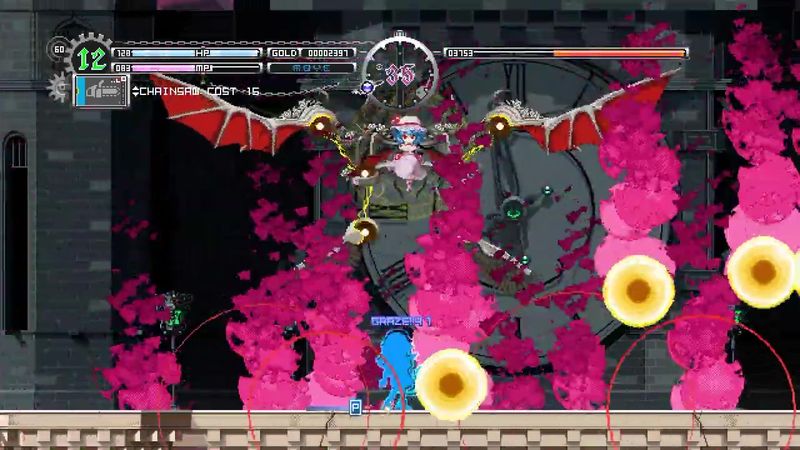
 I value how quick respawns enable continuous practice of new techniques. With ample visual and auditory feedback, tight situations feel manageable. The blend of puzzles and combat ensures plenty of replayability, and my strategies evolve with each run as I uncover new shortcuts.
I value how quick respawns enable continuous practice of new techniques. With ample visual and auditory feedback, tight situations feel manageable. The blend of puzzles and combat ensures plenty of replayability, and my strategies evolve with each run as I uncover new shortcuts.
 Replay value is another strong suit. Hidden cabinets, secret levels, and bonus collectibles encourage multiple playthroughs, revealing new details as you master mechanics. It reminds me of classics like Hollow Knight and Ori and the Blind Forest, which reward returning players with layered experiences.
Replay value is another strong suit. Hidden cabinets, secret levels, and bonus collectibles encourage multiple playthroughs, revealing new details as you master mechanics. It reminds me of classics like Hollow Knight and Ori and the Blind Forest, which reward returning players with layered experiences.
 I feel the world’s branching paths keep each playthrough fresh. Unlockable secrets and optional challenges extend the journey, making it comparable to indie adventures like Axiom Verge that celebrate exploration. This longevity keeps me coming back.
I feel the world’s branching paths keep each playthrough fresh. Unlockable secrets and optional challenges extend the journey, making it comparable to indie adventures like Axiom Verge that celebrate exploration. This longevity keeps me coming back.
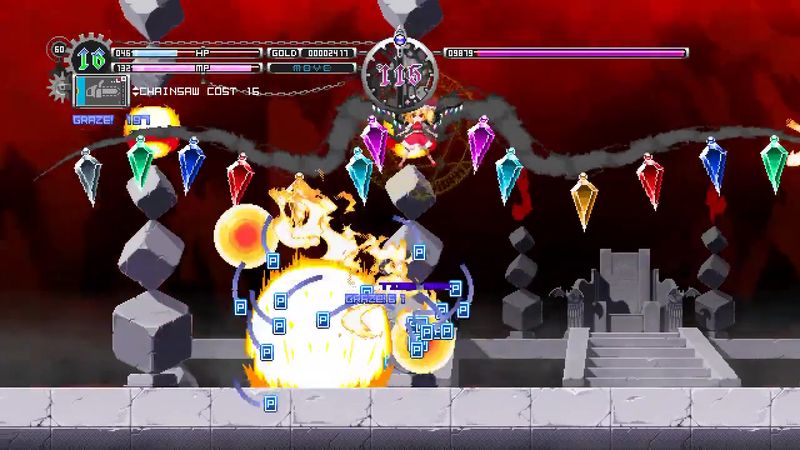
 The game’s rewards and upgrades system also supports replay value. As you progress, you explore more strategies. The adaptive difficulty lets you refine your skills over several runs. It holds appeal even for players who prefer deep combat mechanics.
The game’s rewards and upgrades system also supports replay value. As you progress, you explore more strategies. The adaptive difficulty lets you refine your skills over several runs. It holds appeal even for players who prefer deep combat mechanics.
 I can race through the game repeatedly to shave off my best times. The layout of levels remains consistent while offering hidden surprises each time. It makes for a satisfying challenge that compares well with speedrun classics like Super Metroid.
I can race through the game repeatedly to shave off my best times. The layout of levels remains consistent while offering hidden surprises each time. It makes for a satisfying challenge that compares well with speedrun classics like Super Metroid.
 In summary, Touhou Luna Nights by Team Ladybug promises innovation and heart. The game excels in creative gameplay, stunning visuals, and a rich story inspired by Touhou lore. Its challenges and replay value make it a unique Metroidvania experience that appeals to a range of players.
In summary, Touhou Luna Nights by Team Ladybug promises innovation and heart. The game excels in creative gameplay, stunning visuals, and a rich story inspired by Touhou lore. Its challenges and replay value make it a unique Metroidvania experience that appeals to a range of players.
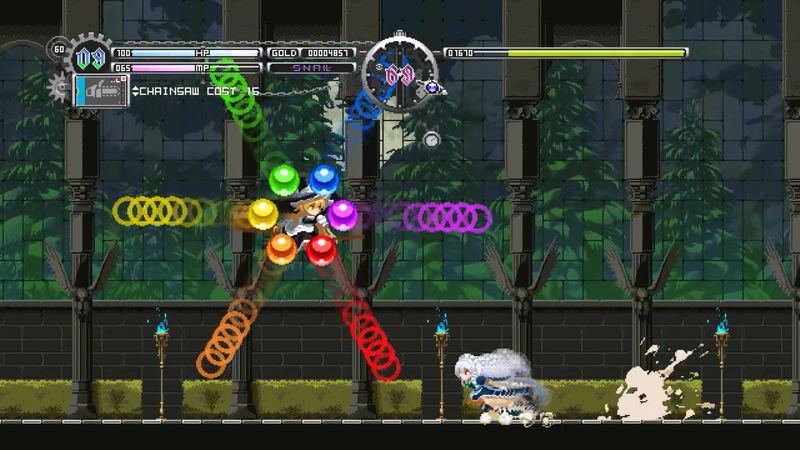
 I recommend this game for its adventurous spirit and detailed world-building. It stands well against other indie gems and energizes exploration fans.
I recommend this game for its adventurous spirit and detailed world-building. It stands well against other indie gems and energizes exploration fans.
 For competitive gamers seeking strategic combat with deep mechanics, Touhou Luna Nights offers satisfying control and challenge.
For competitive gamers seeking strategic combat with deep mechanics, Touhou Luna Nights offers satisfying control and challenge.
 And for speedrunners, its crisp controls and ingenious time-stop gameplay present ample opportunities for record-breaking runs.
And for speedrunners, its crisp controls and ingenious time-stop gameplay present ample opportunities for record-breaking runs.
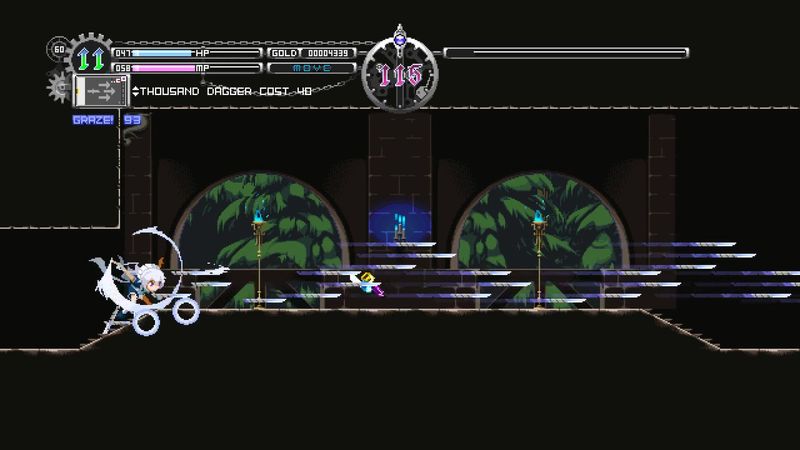
 For those looking for similar experiences, I recommend Hollow Knight for its rich world and challenging combat. Ori and the Blind Forest for its stunning visuals and tight platforming. Axiom Verge for its retro style and creative mechanics. Super Metroid for its influential level design and exploration. Enjoy your adventure in Touhou Luna Nights and explore these fantastic alternatives for endless gaming excitement!
For those looking for similar experiences, I recommend Hollow Knight for its rich world and challenging combat. Ori and the Blind Forest for its stunning visuals and tight platforming. Axiom Verge for its retro style and creative mechanics. Super Metroid for its influential level design and exploration. Enjoy your adventure in Touhou Luna Nights and explore these fantastic alternatives for endless gaming excitement!
